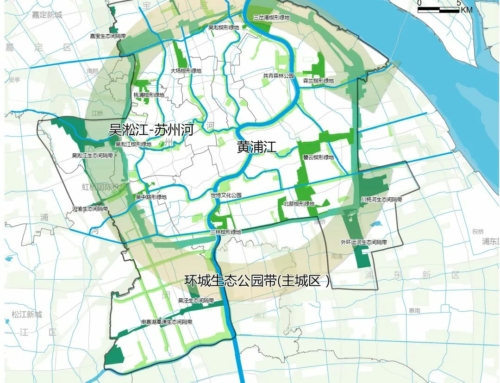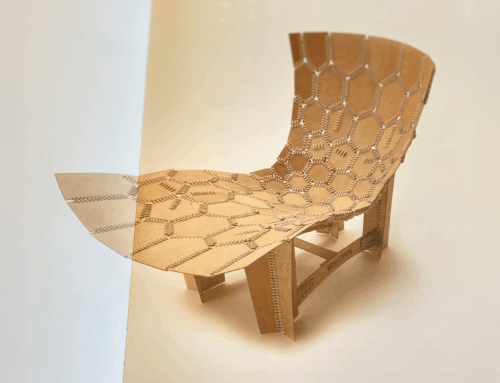I was asked, in an interview for Resilience, what it is that inspires my work, and what keeps me going.
1. Who/what has been your greatest inspiration? And why?
A: Rocks. And stones. I’ve always loved stones and rocky places – but it was only when I moved to south west France (where I live now) that I realised just how many other people are as inspired by rocks as I am – and have been for a long time. Some of the stone megaliths around here date back to well before the Druids. This connection with stones and stoniness is not whimsical at all; people around here volunteer to rebuild stone terraces – there are thousands of miles of them all over the Cevennes, dating back centuries. It’s incredibly hard – but meaningful – work. There’s a connectedness when stones are involved that goes beyond words.
2. Knowing what you know now about sustainability and resilience building, what piece of advice would you give your younger self if you were starting out?
A: That it’s mainly about connection between people and places – and not much about concepts or plans. It’s taken me a long time to learn respect for the ways millions of people help each other to feed and shelter their families in resourceful ways. I’d also advise him (my younger self) to take time every day to commune with a weed in the pavement, a bug, or a patch of lichen. Being reminded that life is going busily about its business all around us, right now, is a more more powerful reminder of priorities than a talk, or even a book.
3. What keeps you awake at night?
A: The fact that my younger self did not heed the advice of my older one.
4. What gets you up in the morning, or keeps you going?
A: The certain knowledge that someone, somewhere, is doing amazing and joyful work that is not yet recognised, but deserves to be celebrated and supported. We just need to look. My friend Clare Cooper, for example, recently invited me to a workshop in a rural part of Scotland. In one small village hall, she gathered together a blacksmith, a digital arts producer, a land owner, a raspberry farmer, a soldier turned master mead maker, an expert on the ecosystems to be found in dry stone walls, a service designer, an artist who makes outfits that disguise you as a rock, the tutor at a forest school, a designer of water cleaning systems – well, you get the picture.
5. What has been your biggest setback and how did you recover?
A: I’ve been sacked from a good number of proper paid jobs over the years. My critical questions about the way the world works at first enchanted, but later frustrated, a succession of employers. Looking back, I truly do not blame them for firing me! On the contrary: many significant turning points in my life have been forced departures from secure and comfortable jobs. I wrote my first proper book (In the Bubble) after one such sacking. I visited India for the first time after another dismissal – and that connection has enriched my life beyond measure over three decades. I also started Doors of Perception as an independent company when my then employer said “enough, already.” As to the ‘how’ I recovered: well, the passage of time has been my greatest ally.
6. For you resilience is…?
A: … lacking a critical edge at the moment. Everyone agrees that resilience is a good thing – and that makes me suspicious. It’s like peace, or motherhood: nobody is against them – but history is filled with unspeakable acts committed by peace and mother-loving individuals. I often come back to Andrew Zolli’s definition (in his excellent book) of resilience as “the capacity to take a punch”. Why, I ask myself, did that guy punch you in the first place? So long as resilience thinking avoids addressing structural and systemic causes, bad consequences will keep on coming.
7. What one social/political/cultural/policy change would most assist your work/hopes/dreams?
A: When every city places two questions at the top of its agenda: “Where will our next lunch come from?” and, “How can we make that place healthier?” This is one of those “what ifs?” that sounds far-fetched but which I have a strong intuition is ripe to come true quite soon. Things happen when they are ready to happen and that feels like now.
8. What gives you hope?
A: The realisation that ecological empathy is latent in us all. It just needs to be released. I had an epiphany last year at one of our Doors of Perception summer xskools on an island in Sweden. I asked a group of designers, artists and architects to figure out a way to bring the subject of soils to life. Ahead of the event I thought soil health would be hard to sell to a resolutely urban and cerebral group of designers – but it was like pushing at an open door. Our group designed and staged a Soil Tasting Ceremony. They made infusions from ten different berries on the island and displayed them next to soil samples taken from each plant’s location; the soils were displayed in wine glasses. We were then invited to compare the tastes of the teas and soils in silence.
9. What book/film/other resource has most supported your work?
A: Stephan Harding’s book Animate Earth has been an inspiration to this novice Gaian. This was one of those rare books that caused many flickering lightbulbs in my head to burn brightly all of a sudden. Being reassured that rocks are alive has been a source of inspiration and energy.
#




